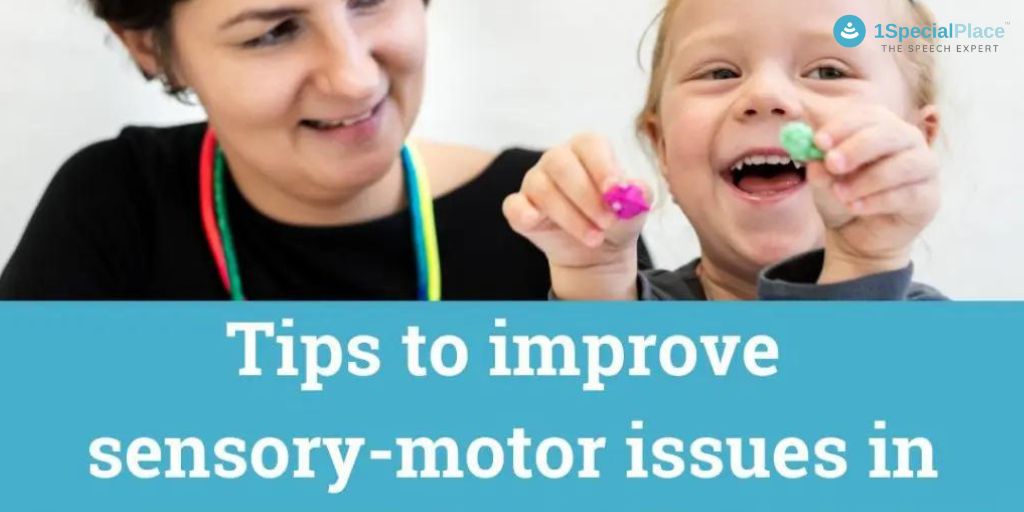
Tips to improve sensory motor issues in autism
Tips to improve sensory motor issues in autism
Improve sensory motor issues in autism, Autism’s sensory issues can involve both hyper-sensitivities (over- responsiveness) and hypo-sensitivities (under-responsiveness) to a wide range of stimuli. Sensory-motor difficulties may even underline classical symptoms of ASD such as cognition, socialisation, and communication.
Signs that your child needs Occupational Therapy
Here is a list of tips that can help individuals with Autism to improve sensory motor regulation.
1. Visual:
Visual perceptual skills are the brain’s ability to make sense of what the eyes see. It is important for everyday activities such as dressing, eating, writing, and playing.
There are seven different categories for visual perceptual skills.
Ideas for visual activities:
2. Auditory:
A child having Auditory processing problems may have difficulty in understanding long sentences, have difficulties in following simple instructions, struggle to filter out one particular sound in crowded rooms, usually cannot repeat back word to word, may seem disobedient or have selective hearing.
Ideas for improving auditory processing:
- Reduce auditory distractions e.g. background noise, other people talking.
- Simplify language.
- Repeat sentences.
- Ask the child to repeat sentence back to check for understanding.
- Give the child time to respond to questions (don’t interrupt or rush to fill silence).
3. Olfactory (smell) System
The olfactory system is responsible for processing smell. Smell is also linked with food habits. It is deeply tied with experience of flavour. The sense of smell also helps in development of the vocabulary.
Ideas for improving olfactory system:
- Use containers filled with different cotton balls containing essential oils, spices, smelly objects .
- There are scented doughs available for improving the sense of smell.
- The other option could be scented sensory bins.
4. Gustatory (taste) System
The gustatory system is responsible for the sense of taste. Children who struggle with sensory processing challenges can also struggle with the gustatory, particularly being picky eaters.
Children with hyper-sensitive gustatory senses can also struggle with food temperature (food being too hot or too cold), textures, limit the types of food they eat based on these sensitivities, dislike brushing their teeth, and struggle with going to the dentist. However children can also be hypo-sensitive to the gustatory sense, which may look like needing intense flavour in their food (needed high amounts of seasoning or condiments) or eating things that are not safe or appropriate (chewing and biting clothing, unsafe objects etc).
Ideas for improving gustatory system:
- Chewing gum
- Chewable tube/ toy.
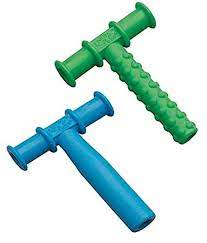
- Vibrating toothbrush
- Drinking from a straw.
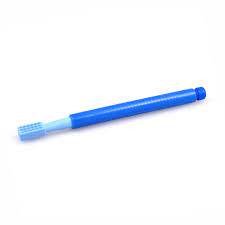
- Creating taste/ scent bottles.
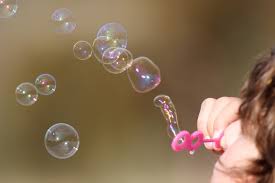
- Blowing bubbles
- Exploring textures through sensory bins or messy sensory play
- Whistling song or favourite tune.
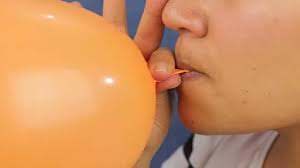
- Blowing up balloons and/or blowing out candles
- Blowing a pinwheel
5. Tactile System
The tactile system is responsible for processing touch information from the body. When the Tactile Sense is fully functioning, children are secure and organised enough in their bodies to be able to attend and respond to all of the other sensory information they encounter each day. They are also able to filter out which tactile information is important.
Ideas for improving tactile system:
6. Vestibular (sense of head movement in space) System:
The vestibular system contributes to balance and orientation in space. It is the leading system informing us about movement and position of head relative to gravity.
Ideas for improving vestibular system:
- Rocking activities
- Slow marches.
- Inverting the head, like the downward yoga position. Some children may also dislike this position.
- Activities on therapy ball
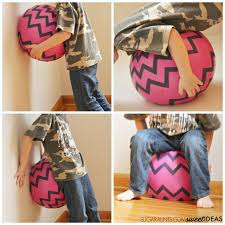
- Animal walks
- Swinging on the swings
- Use of slides, jungle gyms, etc
7. Proprioceptive (sensations from muscles and joints of body) System:
The proprioceptive system senses the position, location, orientation, and movement of the body muscles and joints. Proprioception provides us with the sense of the relative position of neighbouring parts of the body and effort used to move body parts.
Ideas for Proprioceptive Activities:
- Weight-bearing activities e.g. crawling, push- ups.
- Resistance activities e.g. pushing/pulling.
- Heavy lifting e.g. carrying books.
- Cardiovascular activities e.g.running, jumping on a trampoline.
- Oral activities e.g. chewing, blowing bubbles.
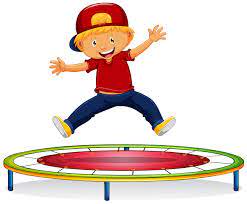
- Deep pressure e.g. tight hugs.
8. Interoception
The eighth, often neglected, but frequently problematic sensory system in children with special needs is the Interoceptive System. Interoception refers to sensations related to the physiological/physical condition of the body.
Interoceptors are internal sensors that provide a sense of what our internal organs are feeling. Hunger and thirst are examples of interoception.
Ideas for improving interoception:
- Finding ones own pulse
- Yoga
- Body stretches
- Talking about emotions and feelings, the anger chart can be used for mapping the feelings.
- Talking about how hungry I am!
- Breathing exercises.
- Anger management techniques.
For more ideas check out our other blogs
- Tips to improve sensory motor issues in autism - December 22, 2022
- What is sensory meltdown and how to cope with it? - December 23, 2020
- Occupational therapy suggested activities for lockdown - October 28, 2020

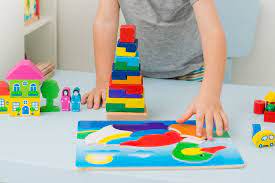
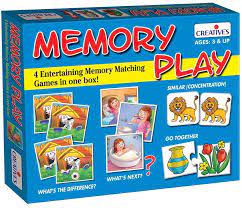
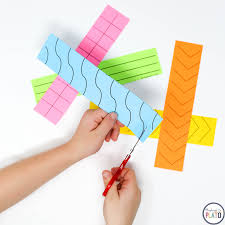
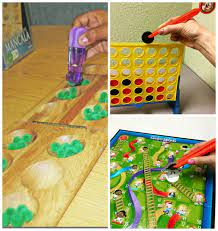
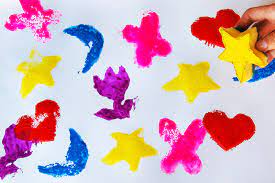
Leave a Comment
(0 Comments)